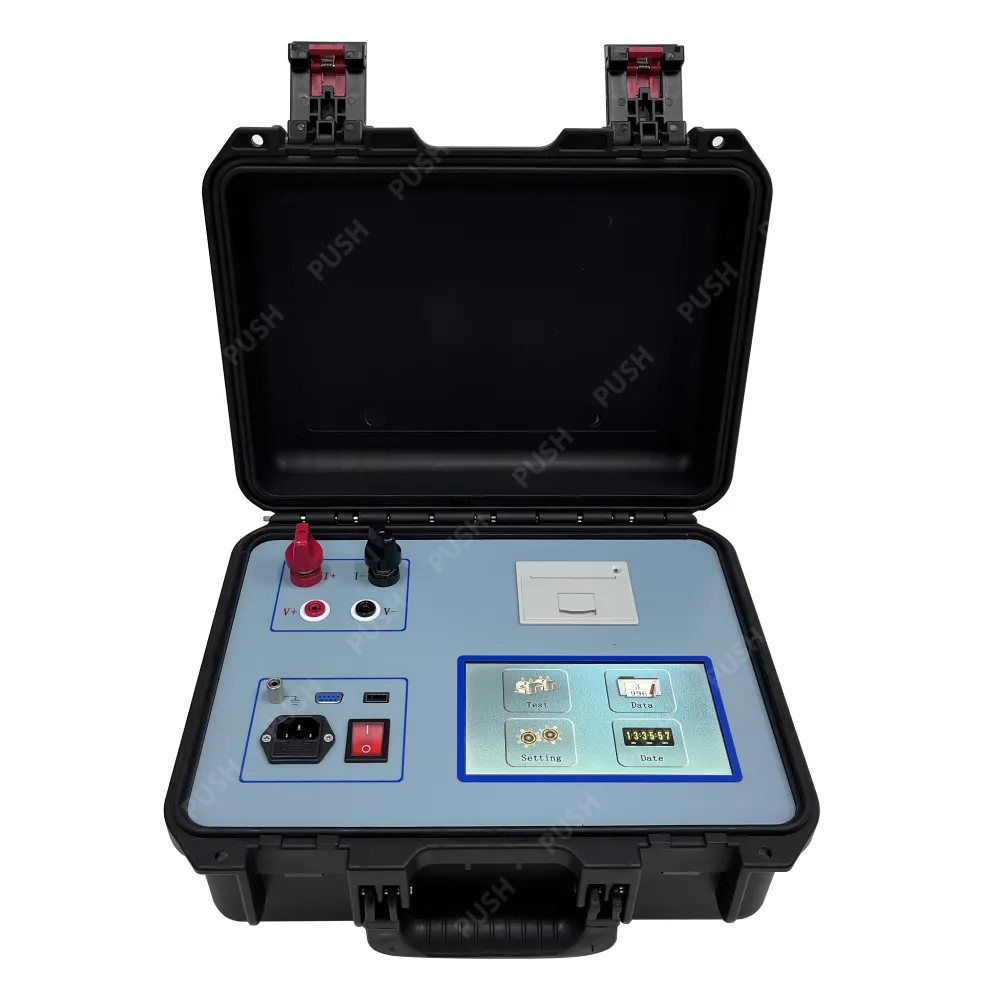 English
English


cable resistance test
Understanding Cable Resistance Testing Importance and Methodology
Cable resistance testing is a crucial aspect in ensuring the safety, efficiency, and longevity of electrical installations. Whether used in residential, commercial, or industrial settings, electrical cables must maintain certain performance standards to function correctly. This article delves into what cable resistance testing entails, its importance, methodologies, and potential implications for electrical systems.
What is Cable Resistance Testing?
Cable resistance testing is the process of measuring the electrical resistance of a cable. Resistance is a measure of how much a material opposes the flow of electric current. In the context of cables, the resistance can impact the performance and safety of electrical systems. Therefore, testing is vital to ascertain that the cable can carry current without excessive loss or overheating.
Importance of Cable Resistance Testing
1. Safety Assurance High resistance in cables can lead to overheating and, ultimately, electrical fires. By performing resistance testing, potential issues can be identified before they facilitate dangerous situations.
2. Performance Verification Low-resistance cables are essential for efficient energy transfer. High resistance means more energy is dissipated as heat rather than being used effectively. Testing helps ensure that the cables are functioning optimally.
3. Preventive Maintenance Regular testing can help spot signs of wear, damage, or corrosion that might not be immediately visible. By addressing these concerns early, it is possible to extend the lifespan of the cables while maintaining system reliability.
4. Compliance with Standards Various electrical standards and regulations mandate that cable installations are tested for resistance. This ensures that all installations meet the necessary safety and operational standards, thereby protecting users and infrastructure.
Methodologies of Cable Resistance Testing
cable resistance test

Cable resistance testing can be conducted using several methods, each tailored to specific scenarios and requirements.
1. DC Resistance Testing This is one of the most common methods where direct current (DC) is applied to the cable, and the voltage drop is measured. The resistance is then calculated using Ohm’s Law (R = V/I). This method is simple and effective for straightforward tests on insulated cables.
2. AC Resistance Testing For cables operating at alternating current (AC), testers can measure resistance under AC conditions. This method is particularly useful for longer cables where skin effect and proximity effects can become significant.
3. Micro-ohm Testing This method uses low DC voltage and current to measure very low resistances. It is particularly useful for examining connections within larger systems where slight resistive imperfections could lead to inefficient operation.
4. TDR (Time Domain Reflectometer) Testing This advanced technique uses pulse reflection to detect issues in cables such as breaks or shorts. It provides more than just a resistance measurement, offering insights into the cable's integrity.
5. Insulation Resistance Testing While not a direct measure of cable resistance, testing the insulation resistance essentially assesses the dielectric strength of cables, which is crucial for preventing leakage currents that can interfere with performance.
Conclusion
Cable resistance testing is an indispensable practice in the realm of electrical engineering and maintenance. By adhering to rigorous testing protocols, electrical professionals can ensure the safety and efficiency of cable installations. The various methodologies employed in resistance testing each have their own applications and can reveal critical information about a cable's condition.
With electrical systems becoming increasingly complex, the importance of cable resistance testing will only grow. As technology advances and environmental factors lead to increased wear and tear on materials, regular testing will remain vital to safeguarding infrastructure, ensuring energy is utilized efficiently, and preventing potentially hazardous situations. Investing in comprehensive cable resistance testing not only protects lives and property but also contributes to sustainable energy management practices.
-
Differences between open cup flash point tester and closed cup flash point testerNewsOct.31,2024
-
The Reliable Load Tap ChangerNewsOct.23,2024
-
The Essential Guide to Hipot TestersNewsOct.23,2024
-
The Digital Insulation TesterNewsOct.23,2024
-
The Best Earth Loop Impedance Tester for SaleNewsOct.23,2024
-
Tan Delta Tester--The Essential Tool for Electrical Insulation TestingNewsOct.23,2024





